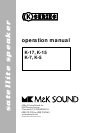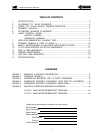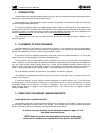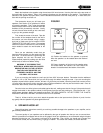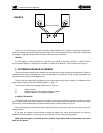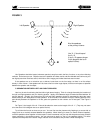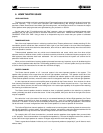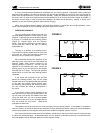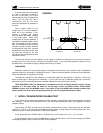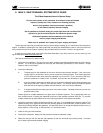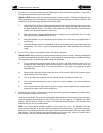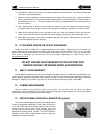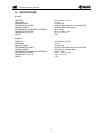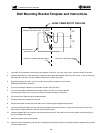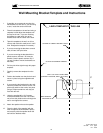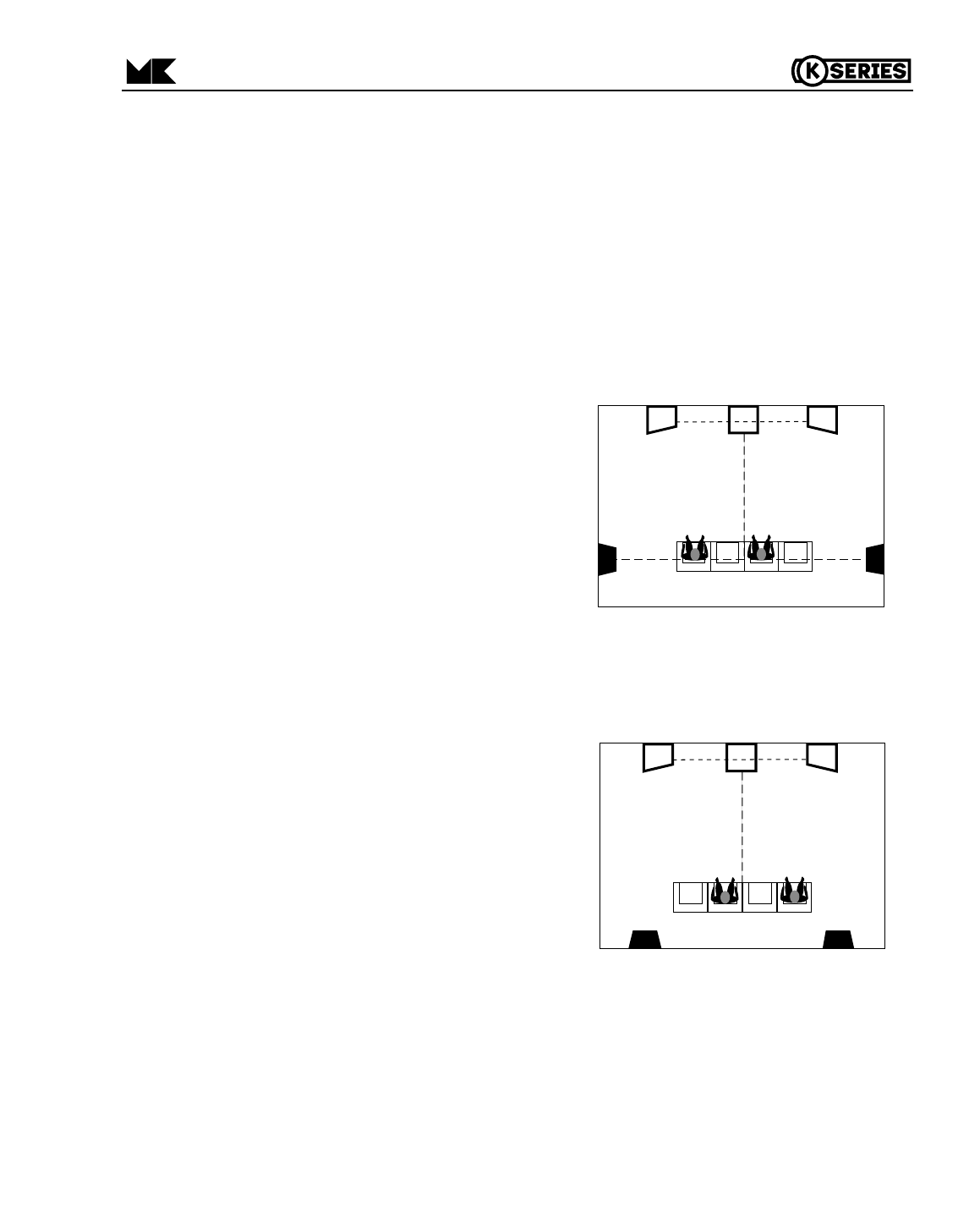
It is also preferred that the speakers be equidistant from the listening position. Equidistant usually means that
when the center speaker is on top of the television, the left and right speakers will sit in front of the set (they will be
farther from the wall behind the TV than the center speaker). Ideally, the speakers should be at the same height as
the screen, but it is much more important that all three speakers be at as close to each other's height as possible. If
the center is much higher or lower than the other speakers, the effect can be distracting. Angling, or toeing-in the
speakers, to aim at the listening position often improves imaging.
When using a Center channel speaker, you have extra flexibility in placing the left and right speakers, as the
Center channel speaker will tie most dialog and effects directly to the screen.
SURROUND CHANNELS
You can achieve good performance with your
surround speakers placed in a wide variety of room
locations. In general, they should be either adjacent
to (Figure 4) or behind the main listening position
(Figure 5), located higher than the listeners’
heads. They can be mounted on the side walls or
on the back wall, flush to the wall, on shelves,
on brackets, etc.
The goal is to achieve an enveloping sound.
The surround channels should seem to come from
all around you, rather than seeming to come from
behind you only or directly from a speaker.
We recommend starting with speakers on the
side walls of the room, two to three feet above the
listeners' heads, either directly adjacent to the
listening position or behind it. You can aim the
speakers to fire towards each other (across the
listening area), or you can aim them to fire towards
the back wall at an angle. The surround speakers
should not be in front of the main listening position
if possible.
If you mount the surrounds on the side wall
behind the listening position, they can be aimed
towards each other or angled towards the back wall
or the side wall surface directly behind them.
By reflecting sound behind the listening position,
you may increase the sense of envelopment in
the sound.
If you want or need to mount speakers on the
back wall of the room, there are several options. You
can aim them so that they fire towards each other
(along the back wall); you can aim them towards
the front wall of the room; or you can angle them so
they fire toward the side walls. Symmetrical
arrangements work best.
The speakers should be a minimum of a few feet away from the nearest listener. If the speaker is located too
close to a listener, its sound can become too directional and may distract that listener. Ideally, the surround speakers
should not call attention to themselves and should not be audible as separate sources of sound.
If the surrounds must be located close to the listeners, aiming them at the room walls or even the ceiling can help
to reduce any directional effect. As described above, this can produce a desirable result even in rooms where the
surround speakers are an adequate distance from the listeners' heads.
8
K-SERIES SATELLITE SPEAKER
Left
Center
Right
Left
Surround
Right
Surround
Left
Center
Right
Left
Surround
Right
Surround
FIGURE 4
FIGURE 5



